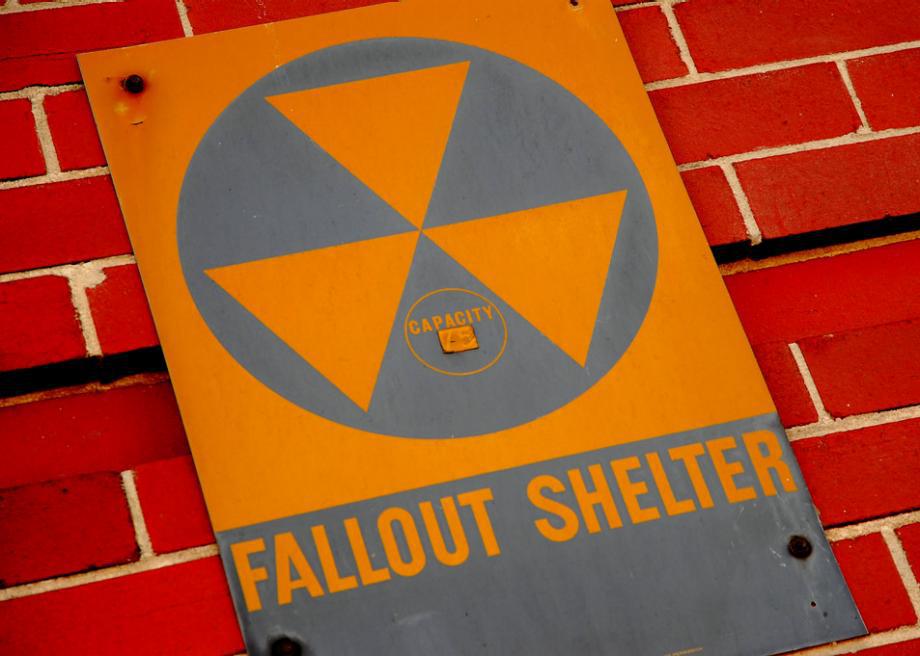Atlas Obscura on Slate is a blog about the world’s hidden wonders. Like us on Facebook and Tumblr, or follow us on Twitter.
In 2006, a group of inspectors from the New York City Department of Transportation were on their standard rounds of bridge and tunnel inspections. The rounds were usual except for one discovery: Somewhere deep in the Manhattan anchorage of the Brooklyn Bridge the group stumbled into a hidden room filled with blankets, water, a shock-prevention drug called dextran, and 350,000 crackers.
Judging from the dates stamped on the supplies (1957 and 1962), what they discovered seemed to be a Cold War-era bunker or fallout shelter. Emergency survival shelters weren’t unusual back then—you can still see thousands of old “Fallout Shelter” signs and logos on buildings throughout the city. But one inside the Brooklyn Bridge? That no one knew about? That’s a different story.
The inventory of the bunker’s cache followed a typical shopping list for emergency preparedness during the arms race of the 1950s and ‘60s: barrels of potable water (which the labels say can double as commodes when empty, so there’s that), first aid supplies and blankets, boxes of high-calorie survival crackers (yum), and a healthy supply of the drug dextran, which is used to prevent and treat shock (probably a good idea if you’re stranded inside a Brooklyn Bridge bunker).
The supplies were marked as coming from the Office of Civil Defense, the Cold War precursor to what eventually became Federal Emergency Management Agency. Since the DOT had no idea the stash was there—or why it would be there—explanations are really only guesses. And, as with all the rooms and tunnels inside the anchorages of the bridge, the public isn’t allowed inside. So the question of where, exactly, in the Manhattan-side anchorage they found the room, the DOT is keeping under wraps for security reasons.
They found one other stockpile alongside the survival supplies—a bunch of Mad Men–looking New York City promotional posters. The bunker may have been closed to the public but not to a little old-fashioned public relations.
Originally contributed by Atlas User Claude Chappe
If you liked this, you’ll probably enjoy Atlas Obscura’s new book, which collects more than 700 of the world’s strangest and most amazing places: Atlas Obscura: An Explorer’s Guide to the World’s Hidden Wonders.
